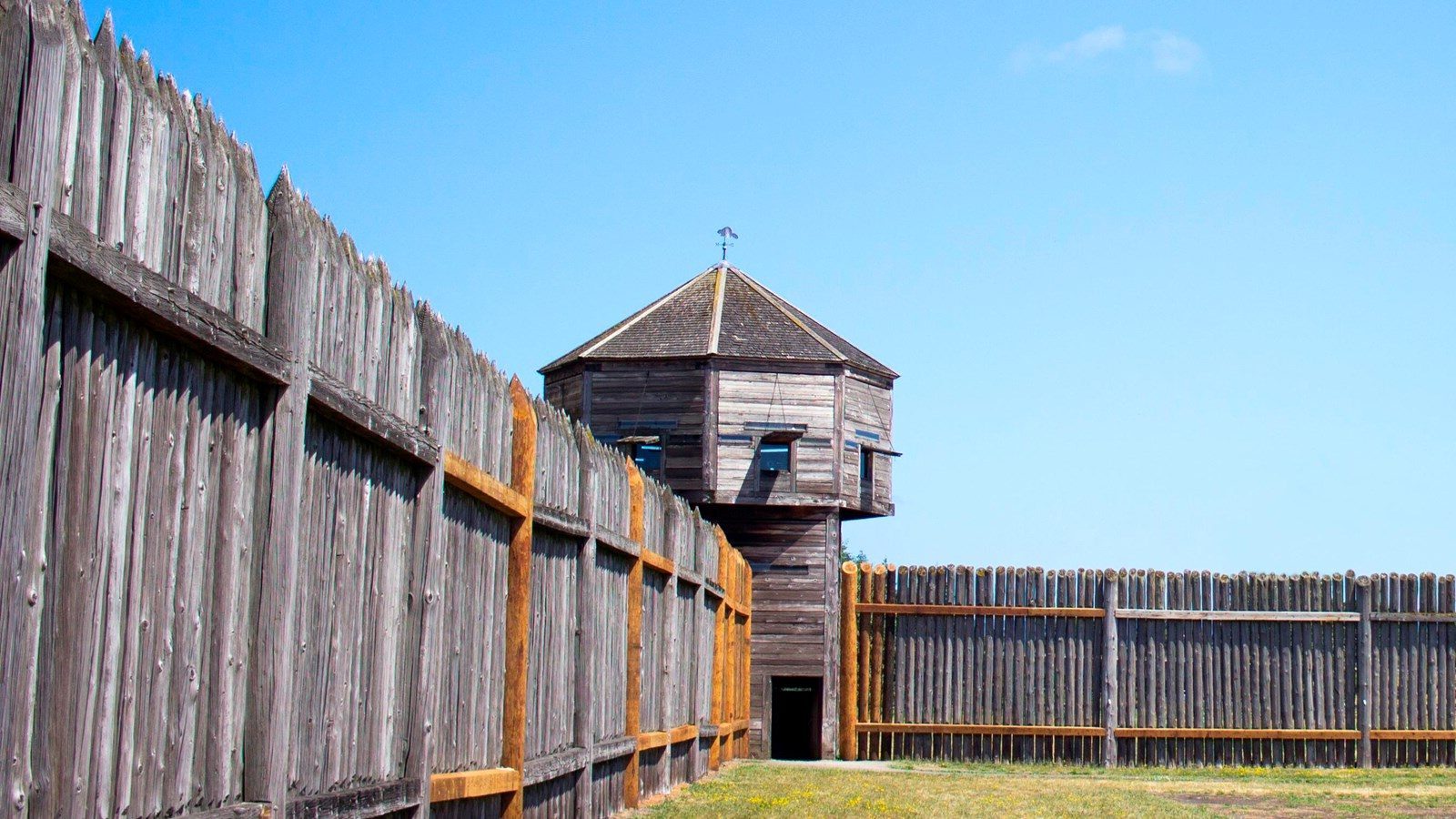Oregon’s Hidden Fur Trading Posts Of The Pacific Northwest

Imagine stepping back in time to the early 1800s, when the Pacific Northwest was a bustling hub for fur trading. Oregon's hidden fur trading posts played a crucial role in shaping the region's history, yet many remain unknown to modern travelers. These outposts were more than just trading centers; they were melting pots of cultures, where trappers, Native Americans, and explorers exchanged goods, stories, and traditions. Visiting these sites today offers a unique glimpse into the past, allowing you to walk the same paths as those early pioneers. Whether you're a history buff or simply curious about Oregon's rich heritage, these hidden gems provide an unforgettable journey through time. Get ready to uncover the secrets of these fascinating locations and learn how they contributed to the development of the Pacific Northwest.
Oregon's Hidden Fur Trading Posts
Oregon's rich history is filled with stories of adventure, trade, and exploration. Among these tales are the hidden fur trading posts that played a crucial role in the development of the Pacific Northwest. These sites were once bustling centers of commerce where trappers, traders, and Native American tribes exchanged goods and stories. Let's uncover some of these fascinating locations.
Astoria: The First American Settlement
Astoria holds the title of being the first American settlement on the West Coast. Established in 1811 by John Jacob Astor's Pacific Fur Company, this post became a key player in the fur trade.
- Astoria: Located at the mouth of the Columbia River, Astoria was a strategic point for trade. The fort here served as a hub for fur trappers and traders who navigated the river's waters. Today, visitors can explore the Astoria Column and Fort Astoria, which offer glimpses into the past.
Fort Vancouver: A Trading Powerhouse
Fort Vancouver was a major trading post operated by the Hudson's Bay Company. It became the center of economic activity in the Pacific Northwest during the 19th century.
- Fort Vancouver: Situated near present-day Vancouver, Washington, this fort was a bustling center of trade. It supplied goods to trappers and settlers while exporting furs to Europe. The reconstructed fort now serves as a historical site where you can learn about the fur trade's impact on the region.
Fort Nez Percés: A Meeting Place of Cultures
Fort Nez Percés, also known as Fort Walla Walla, was another significant trading post. It was a place where different cultures met and exchanged goods.
- Fort Nez Percés: Located near the confluence of the Columbia and Walla Walla Rivers, this fort was a vital link in the fur trade network. It was a place where traders, Native Americans, and settlers came together. Today, the site is marked by interpretive signs that tell its story.
Fort Umpqua: A Lesser-Known Gem
Fort Umpqua may not be as famous as other posts, but it played an important role in the fur trade. It was a Hudson's Bay Company outpost in southern Oregon.
- Fort Umpqua: Nestled along the Umpqua River, this fort was a key stop for traders traveling between California and the Columbia River. Although the original fort is gone, the area is rich in history, and visitors can explore nearby trails and learn about its past.
Fort George: A Brief but Impactful Presence
Fort George, originally Fort Astoria, had a brief but significant presence in the fur trade. It changed hands between American and British control during its short existence.
- Fort George: Located in present-day Astoria, this fort was initially established by the Pacific Fur Company. It was later taken over by the British during the War of 1812. While the fort itself no longer stands, the site is part of the Astoria Riverwalk, where you can enjoy scenic views and learn about its history.
Fort Hall: A Gateway to the West
Fort Hall served as a crucial stop for fur traders and pioneers heading west. It was a vital point along the Oregon Trail.
- Fort Hall: Situated in present-day Idaho, this fort was established by Nathaniel Wyeth in 1834. It became a key resupply point for travelers on the Oregon Trail. Although the original fort is gone, a replica stands nearby, offering insights into its role in westward expansion.
Discovering Oregon's Hidden History
Oregon's fur trading posts offer a fascinating glimpse into the past. These sites, often overshadowed by more popular attractions, hold stories of adventure, commerce, and cultural exchange. Visiting places like Fort Astoria or Fort Vancouver reveals the rich tapestry of interactions between traders, Native American tribes, and early settlers. Each location tells a unique story, showcasing the challenges and triumphs of those who lived during that era. Exploring these hidden gems not only enriches our understanding of history but also deepens our appreciation for the diverse cultures that shaped the Pacific Northwest. Whether you're a history buff or just curious about the past, these trading posts provide an engaging experience. Next time you're in Oregon, take a detour from the usual tourist spots and immerse yourself in the captivating world of fur trading history. You'll leave with a newfound respect for the pioneers of this rugged land.

